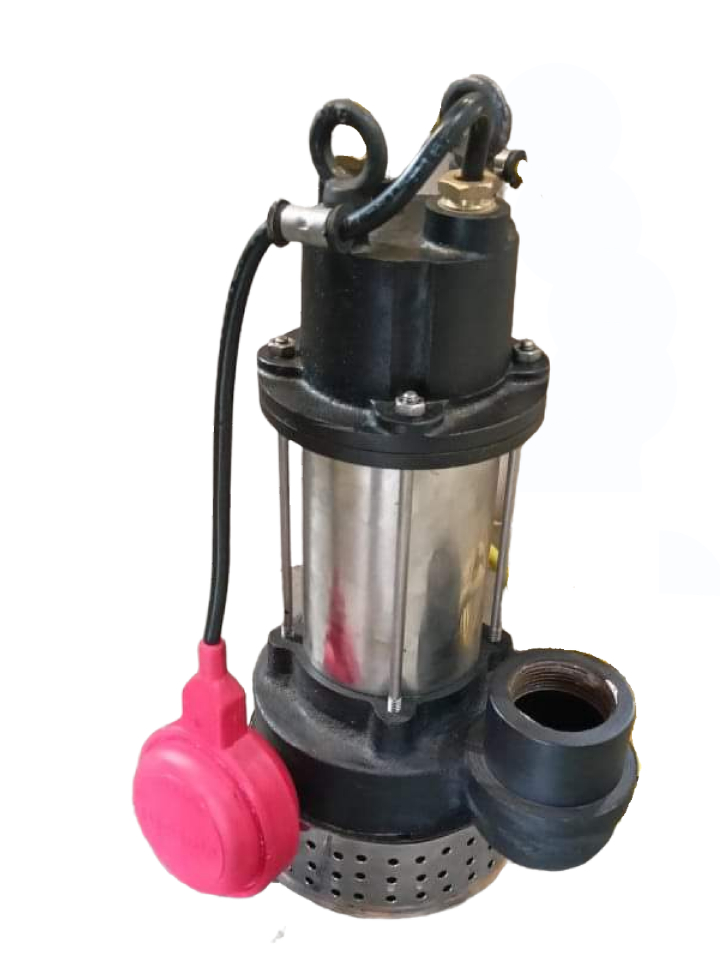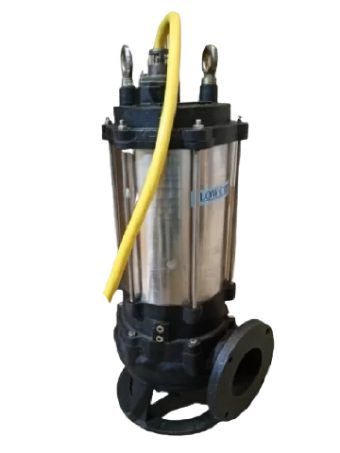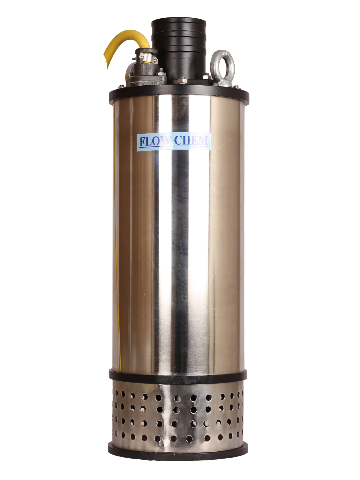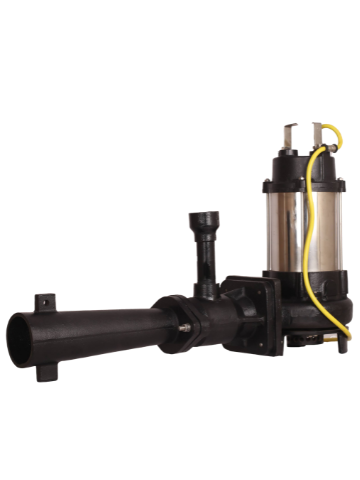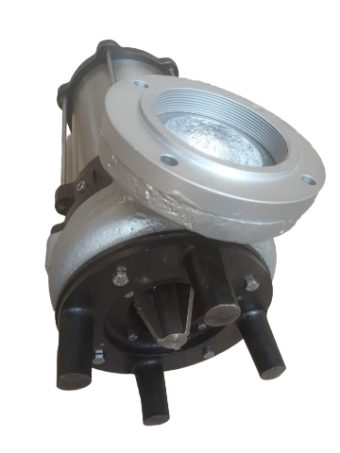The Critical Role of Dewatering Pumps in Maintaining Safety in Chemical Plants

In chemical plants, the accumulation of unwanted water can create numerous hazards, from structural damage to increased risks of chemical spills. Dewatering pumps play a crucial role in managing these risks by efficiently removing water, ensuring that operations remain safe and compliant with environmental standards. This discussion focuses particularly on the application and benefits of various types of dewatering pumps, including submersible pumps, Drainage pumps and sludge pump
Dewatering pumps are specialized devices used to remove water from deep pits, underground passages, or areas where water accumulates rapidly due to various industrial activities. Their role in chemical plants is often underappreciated until significant rainfall or flooding challenges the existing water management systems. The functionality of these pumps in such environments is not just about water removal but also about maintaining the integrity and safety of the plant operations.
Types of Dewatering Pumps Used in Chemical Plants
1. Submersible Pumps: These pumps are designed to be placed underwater, operating submerged in the liquid they pump. A typical submersible pump is highly efficient for managing large volumes of water, with versions like the submersible pump 1 hp being ideal for smaller tasks where high power isn't necessary. Their sealed motor protects them from fluid and moisture ingress, making them perfect for pumping contaminated or hazardous water commonly found in chemical plants.
2. Drainage Pumps: Used primarily for removing water from low-lying areas, Drainage pump are essential in preventing water accumulation that can lead to hazardous conditions. They are particularly useful in areas of a plant where chemicals are stored at ground level, reducing the risk of water-induced chemical spills.
3. Sludge Pumps and Sewage Sludge Pumps: Handling semi-solids or thick slurry often found in waste treatment areas of chemical plants, sludge pump are designed to pump material that traditional water pumps cannot handle. sewage sludge pumps deal specifically with waste sludge, including handling mixtures of waste chemicals and water, ensuring these potentially hazardous materials are properly transported out of the plant area.
4. Submersible Sewage Pumps: These are a specific type of submersible pump designed to handle raw sewage with solid content. This capability is crucial in chemical plants for managing by-products and waste materials that can be challenging to process using standard pumps.
5. Cutter Pump: Often included in the setup of submersible sewage pumps, a Cutter Pump is equipped with a cutting mechanism to shred solids and fibrous materials before they enter the pump. This feature helps prevent clogging and ensures continuous, efficient operation, which is vital in maintaining the safety and operational continuity of chemical plants.
The selection of the right pump involves understanding the specific needs of a plant, such as the type of liquid being handled, the presence of solids, and the required pumping rate and efficiency. For instance, choosing a submersible dewatering pump or a dewatering pump submersible is often based on the depth at which the pump must operate and the nature of the fluid.
Future Trends and Innovations in Pump Technology
- Automation and Smart Technology: The integration of IoT and smart sensors in dewatering systems allows for real-time monitoring and control. This technology can predict pump failures before they occur, schedule maintenance, and optimize performance based on predictive analytics.
- Energy-Efficient Designs: As sustainability becomes a bigger priority, new pump designs focus on reducing energy consumption without compromising performance. Energy-efficient pumps not only lower operational costs but also contribute to a plant’s overall environmental footprint.
- Advanced Materials: The development of pumps using corrosion-resistant materials that can withstand harsh chemical environments is on the rise. These materials extend the life of pumps and reduce the frequency of maintenance.
- High-Performance Sealing Solutions: Improved sealing technology prevents leaks, especially in pumps handling hazardous or toxic fluids. This is crucial for maintaining safety standards and preventing environmental contamination.
Strategic Implementation and Regulatory Compliance
The deployment of dewatering pumps in chemical plants is not only a technical decision but also a strategic one, deeply intertwined with regulatory compliance and safety management. Chemical plants are subject to stringent environmental and safety regulations that dictate how substances and waste are handled. Effective water and waste management systems, facilitated by advanced dewatering pumps, play a crucial role in ensuring these regulations are met.
Enhancing Safety Through Advanced Pumping Solutions
The introduction of cutting-edge technologies like Cutter Pumps and submersible sewage pumps has revolutionized safety practices within chemical plants. These pumps are specifically designed to handle high-demand scenarios, efficiently managing everything from clear water to heavy sludge laden with chemical residues. Their robust design minimizes the risk of clogs and mechanical failures, which are common in pumps dealing with complex mixtures.
Moreover, pumps equipped with automated sensors can detect abnormal conditions such as high temperature or unusual vibrations, which are often precursors to equipment failure. This capability allows maintenance teams to react swiftly, addressing potential issues before they lead to a system-wide breakdown. Such preventative measures are critical in environments where equipment failures can lead to significant safety hazards or environmental incidents.
Training and Emergency Preparedness
Training plant personnel in the operation and maintenance of dewatering systems is another critical aspect of enhancing safety. Workers need to be familiar with the signs of pump malfunction and understand the steps to take in case of an emergency. Regular drills and training sessions ensure that the staff can operate dewatering systems effectively under different scenarios, further reinforcing the safety protocols of the facility.
Emergency preparedness plans that include protocols for rapid pump deployment and operation can significantly mitigate the impact of unforeseen water management issues. These plans, often developed in collaboration with local safety regulators and environmental boards, ensure that the plant is well-prepared to handle emergencies efficiently, minimizing potential harm to workers and the environment.
Conclusion
In conclusion, dewatering pumps are indispensable in the operational framework of modern chemical plants, ensuring not only the efficiency of water and waste management but also enhancing overall safety and regulatory compliance. As pump technology evolves, the integration of smarter, more energy-efficient, and robust pumping solutions will continue to set new standards in industrial safety and environmental stewardship. Chemical plants that leverage these advancements are better equipped to face the challenges of the future, promoting safer and more sustainable industrial practices.
